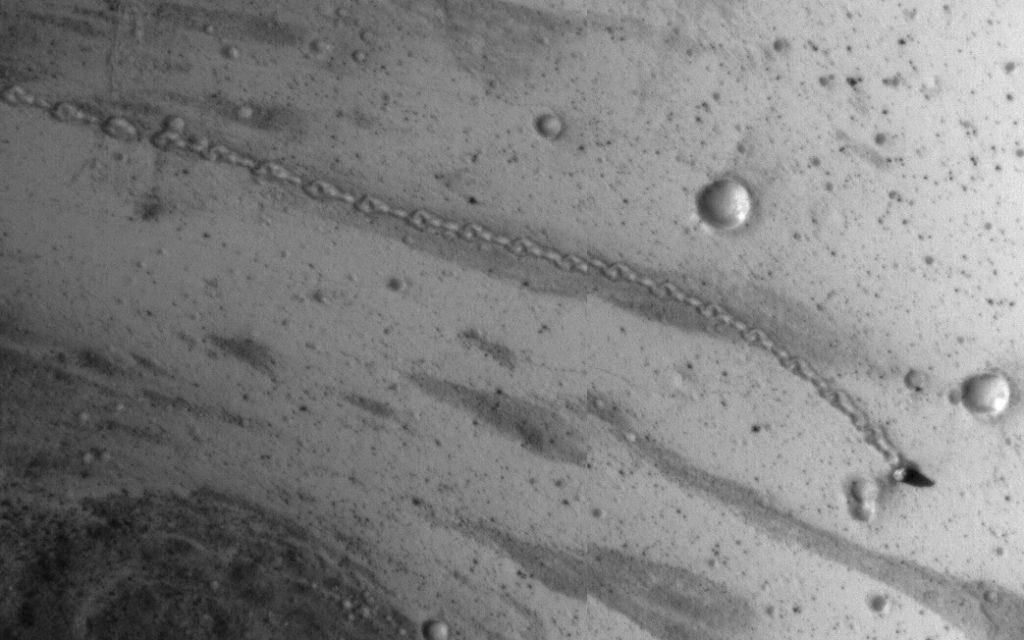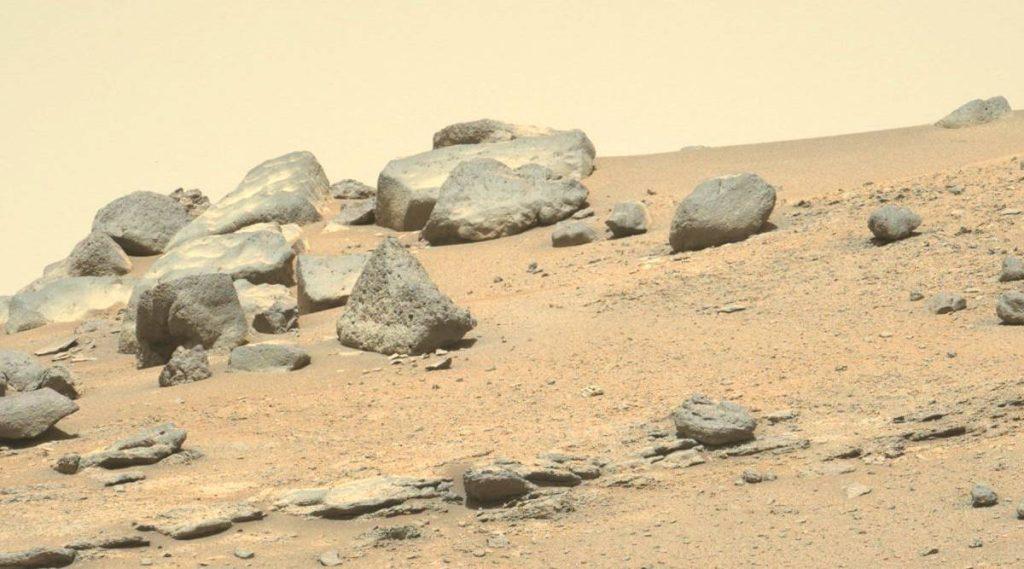It is quite interesting to know that humans can also survive on another planet. Rovers are robotic vehicles that were sent to Mars. Two rovers don’t leave their mark on this planet, there are some natural forces at work too. Indian Scientists Discovered that Mars is alive!!

In Ahmedabad, Physics Research Laboratory, scientists spotted thousands of tracks on the surface that were created by tumbling boulders. These tracks can also be used to know about recent seismic activities on Mars as humans are interested to know about this planet. And they also planned to develop colonies in future.

“Mars is currently active,” says Dr S Vijayan, who is an Assistant Professor with the Planetary Science Division at the Physical Research Laboratory, and he is also leading the research on this.
In Geophysical Research Letters, they mentioned it took almost two to four Martian years (four to eight Earth years) for those boulder tracks to vanish, whereas on Earth they are rarely maintained. These ejections and tracks by rovers are used to identify very recent surface processes on planetary surfaces.
Movement on Mars:
Regolith (Martian surface material) is thrown out in a unique pattern each time that a boulder hits the ground. It appears as if these patterns are V-shaped, with the dispersion downslope and the spacing between each bounce being non-uniform on Mars. Boulder track formation from the ejecta. A wide variety of ejecta from the Boulder Fall is visible throughout the trail. Light-coloured ejecta from multiple boulders may be seen in the numerous tracks. There is a wide range of ejecta scattered across the track. Some boulder bounces leave minor sub-tracks in the space between the bounces and ejecta. (Source: India Today)

You can also read:
Dr Vijayan said, “These tracks take a few years to disappear, which indicate that the ones we have spotted are fairly new.”
“Identification of BFE in Mars and other planetary/satellite bodies is an important piece of direct evidence for recent boulder falls within the last few decades and is a good indicator for geologically active regions,” he added.




